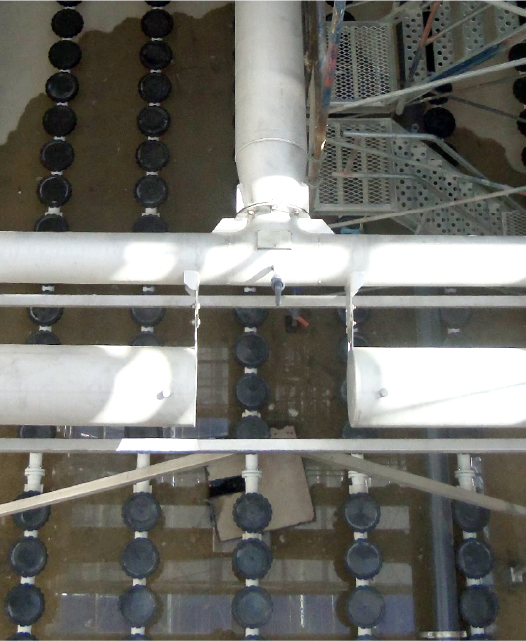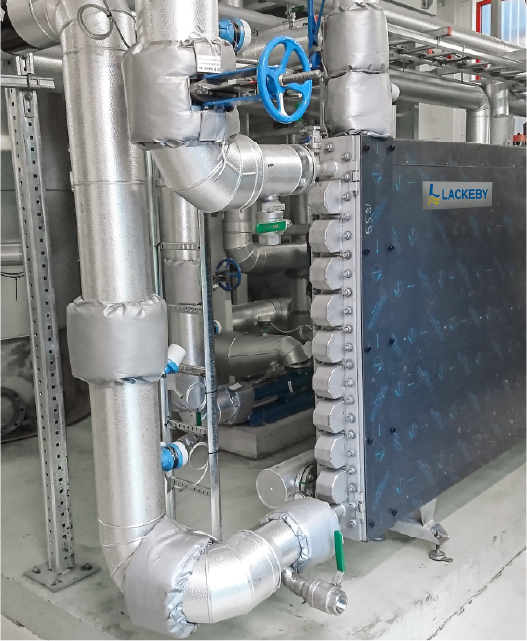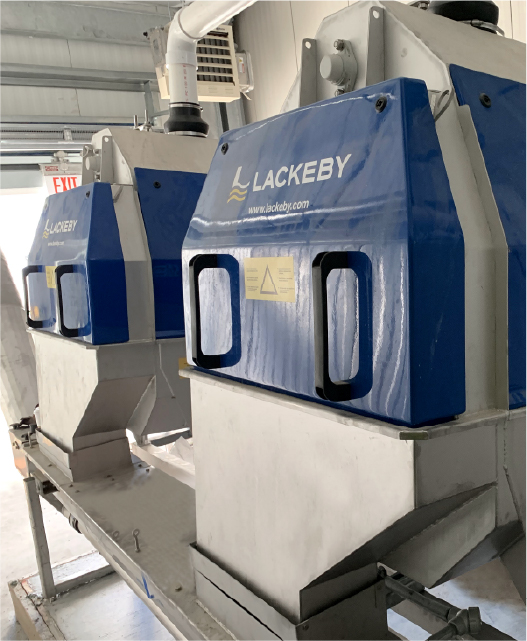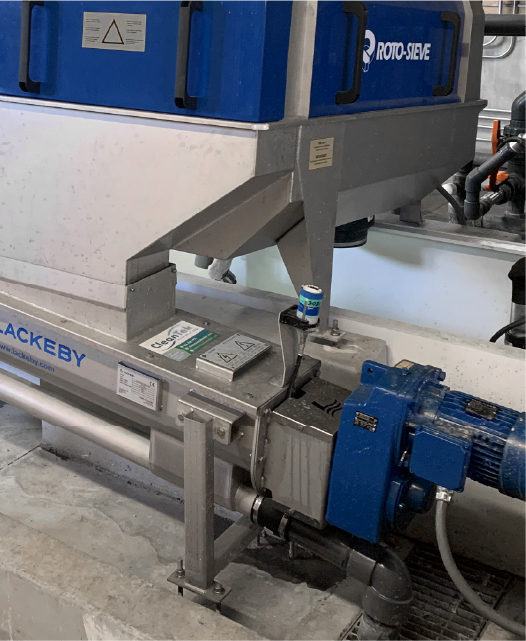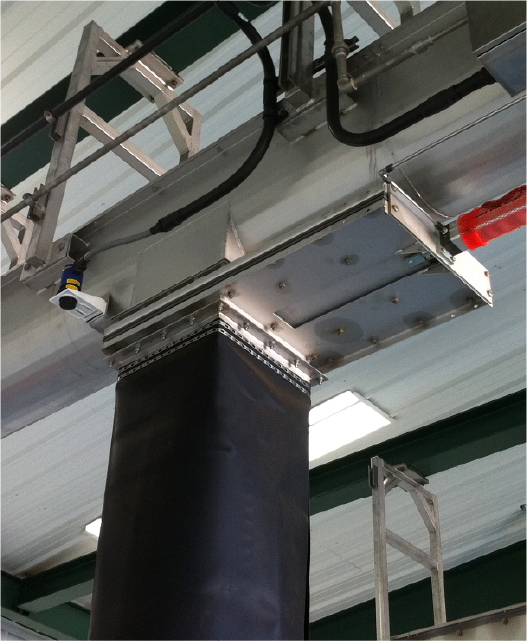Poultry, Meat, and Fish
Solutions
Poultry, Meat, and Fish
Solutions
OVERVIEW
OVERVIEW
Meat, Poultry, and Fish Processing Wastewater
The processing of poultry, meat, and fish products is a multi-stage process that produces wastewater in each respective step. Poultry, meat, and fish processing generate a significant amount of waste, including wastewater, and animal protein processing byproducts such as offal and, in the case of poultry, feathers. Our equipment aids in improving the efficiency of poultry, meat, and fish processing in the areas of wastewater treatment; offal and feather handling; and heat/energy recovery.
As these processors run to create a usable product from raw material there is wastewater and solid wastes generated at every step along the way. Characterized by the high loads of solids, the wastewater can be processed for recovering valuable byproducts for further rendering into non-edible products. Additionally, processing plants generating this large amount of organic matter require treatment of their wastewater streams before it is discharged into the municipal sewage system. Primary and secondary screening of large particles with the Roto-Sieve Rotary Drum Screen is one of the first steps in the wastewater treatment process.
Meat, Poultry, and Fish Processing Wastewater Treatment Products
Roto-Sieve Drum Screens are a very effective and economical method to remove waste from poultry, meat, and fish processing water. Screening out organic and fibrous matter from the wastewater can drastically reduce the TSS and BOD levels in the effluent system and enhance the downstream wastewater treatment processing.
Our Roto-Sieve Rotary Drum Screens are designed and customized per application to effectively target what needs to be screened out of the wastewater and ensure a high capture rate. Roto-Sieve Drum screens use a perforated plate drum to optimize and effectively remove solids from wastewater. High TSS and BOD are effectively reduced which enhances and improves downstream treatment processes such as a MBR or SBR system.
These screenings can be further dewatered and compacted using the Shaftless Screw Press. The press catches the screenings straight from the Roto-Sieve and compacts, dewaters, and transports the screenings.
If transportation is the only concern for the screenings, the use of our Shaftless Screw Conveyor fits the job. The conveyor optimally transports screenings or product to any desired location.
Lastly, our Sludge Heat Exchangers can provide cutting-edge energy recovery and sludge heating when used in processes for digesting meat, poultry, and fish processing wastes.
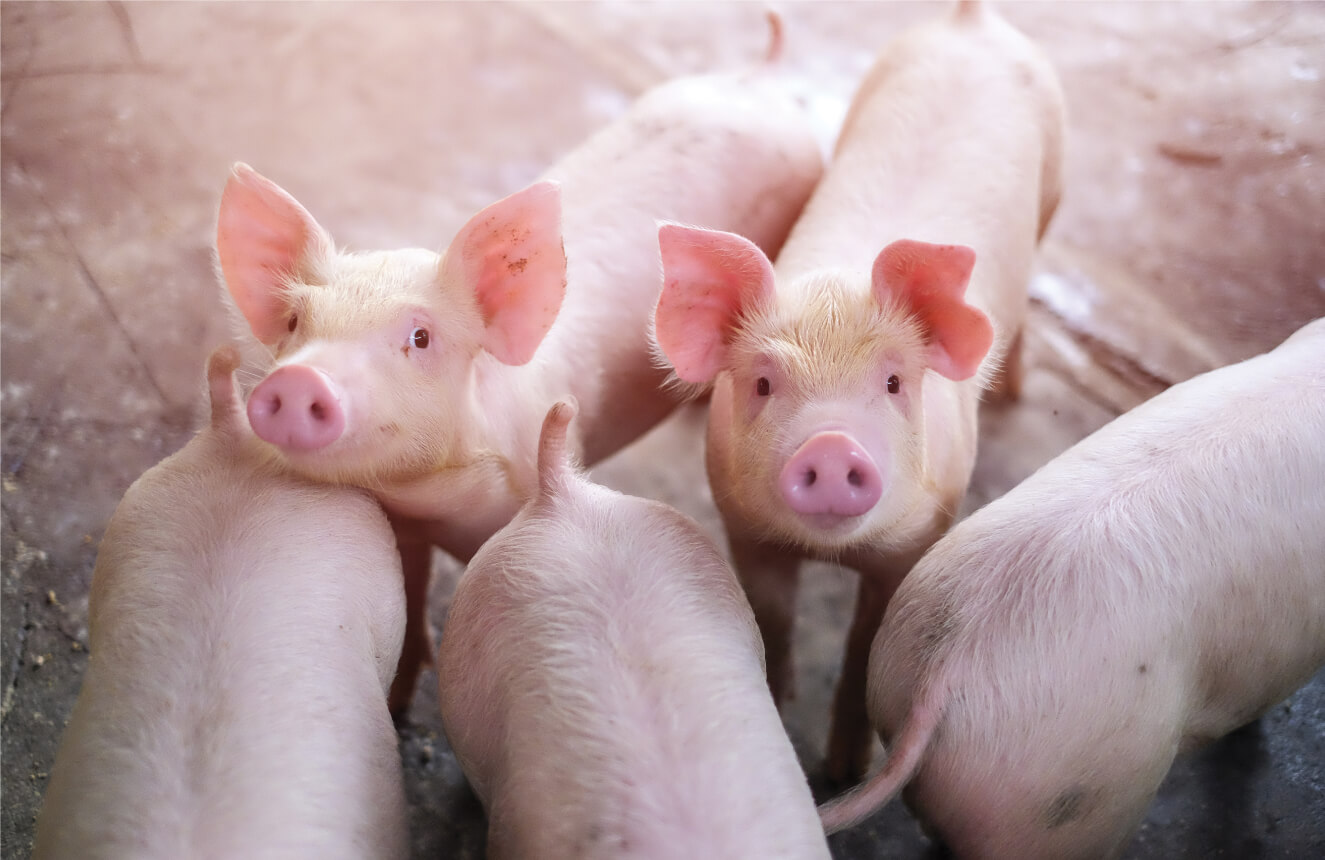
Recommended Products
Poultry Processing Solutions
As the world’s population continues to grow, so does our demand for poultry. However, with traditional processing methods being both unsustainable and unethical, it’s time for a revolution in this industry. The good news is that there are innovative solutions emerging that offer sustainable and ethical alternatives to traditional poultry processing. In this blog post, we’ll explore some of these new technologies and approaches that have the potential to completely transform how we produce chicken while also reducing environmental impact and improving animal welfare standards. Join us as we dive into the future of poultry processing!
What is poultry processing?
Processing poultry takes a lot of time, energy, and water. Many people are looking for ways to reduce the amount of time and resources that are needed to process poultry. One way to do this is by using sustainable and ethical solutions in poultry processing.
One example of a sustainable and ethical solution is using biosecurity measures to minimize the spread of disease. By doing this, it is possible to process poultry more quickly while keeping the chickens healthy. Another solution is using automated processing lines. These lines use technology to kill or injure chickens as they move through them, which reduces the need for human workers.
There are many other ways that processors are trying to reduce the amount of time and resources that are needed to process poultry. Some companies are working on new technologies that will help them produce larger quantities of chicken without requiring as much staff or equipment. All of these efforts are aimed at making poultry processing more environmentally friendly and less costly
Types of poultry processing
There are many types of poultry processing, each with its own set of benefits and drawbacks. The following is a quick overview of the most common types:
1) Traditional Processing: This involves slaughtering birds by hand or with an automated slaughterhouse. It is the least sustainable option, as it relies on large numbers of animals being killed for meat, and it can be harmful to the environment.
2) mechanical processing: This involves breaking down the bird into its component parts (chicken, wings, breasts, etc.), then removing those parts mechanically. This process is more sustainable than traditional processing, as it eliminates the need for animals to be killed.
3) high-speed processing: This involves cutting or feathering birds quickly using blades or other sharp instruments. It’s less sustainable than mechanical and traditional processing because it generates more waste and requires more energy. However, it’s faster and easier so it’s often used in industrialized countries.


